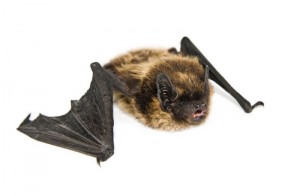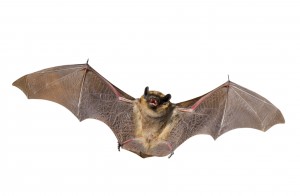
St Louis, Missouri wildlife removal services
Wildlife Command Center
Fenton, Missouri bat in my attic issues 314-399-8272
There are quite a few different species of bats in North America; however the ones that are known for colonizing are the species that most often cause problems. It is a general misconception that bats are related to mice or considered flying rodents. They are not. Among many biological differences is the fact their teeth don’t continuously grow unless worn down. Instead bats are more closely related to primates and shrews. People tend to be terrified of them but it’s important to note they are not aggressive and will not choose to attack a person. Even more critical is the important role bats play in the environment and ecosystems.

Wildlife Command Center Bat Removal Services, St Louis, Mo 3143998272
It is not unusual for a person to find they have bats in their attic, garage or other outbuildings. Unlike larger nuisance animals like raccoon’s, it can be difficult to know you have a colony of bats until you have many, Wildlife Command Center can find these bats, their entry holes and exits. If you go into the attic often you may see signs of their residency more quickly. This can be in the form of piles of guano (bat waste) building up on the floor. One of the easiest ways to tell if you have bats is hearing their scraping, rustling or squeaking. These noises can come from your walls, attic or chimney. You may also see issues when outside around dusk or dawn. You can hear the slight peeping and see bats swooping around. Often people think this swooping is the bat diving in trying to attack people. In actuality, the bats are diving to snatch up bugs. If you hear this peeping and see bats it’s good to pay attention to where they go. Often you will see them head toward a section of the house and even disappear. This will help you know how they are getting in and you can use this knowledge when it comes time to exclude them. Another way to tell if you have a bat problem in a building is to look for signs of guano on the outside of a home. Often when they enter or exit a home they will leave droppings or urine. You may see staining around areas a bat can use to enter your home. Brown or grey streaks can be left near soffits, the roof and chimneys and are prime indicators of a bat colony. These stains are left by the oil on their skin and/or urine.
Bats are among the most unique and fascinating of all animals. No other mammals can fly. Bats use echolocation to find flying insects at night much like sonar helps ships to locate objects under water. Bats also have good night vision. They are not blind, as myth would have it. While Midwestern bats feed exclusively on insects, consuming many pest species, they prefer to expend the least amount of energy to obtain their food. Thus, these bats typically capture larger insects, such as night-flying moths, and do not live up to their reputation in controlling mosquito. Correctly considered beneficial animals, in certain situations they can pose serious health hazards to humans. Histoplasmois is a disease associated with bat guano. When these droppings accumulate, a fungus (Histoplasma capsulatum) can grow and produce spores that may cause Histolasmosis when inhaled. Where bat droppings accumulate, in an attic for example, care should be taken to avoid contracting this disease. Cleanup generally involves wetting the droppings before removal and wearing personal protective equipment, including a HEPA-equipped respirator or self-contained breathing apparatus (SCBA). Removal of large amounts of guano or droppings from structures should be left to experienced professionals familiar with proper removal procedures. For more information on Rabies and Histoplasmosis please visit www.cdc.gov/rabies

Bat Removal Service with Wildlife Command Center bat specialists
Most homeowners don’t like bats in their house for any reason and don’t want them hanging around no matter how many bugs they are going to eat at night.
Occasionally bats can carry rabies and this presents a serious problem for home owners. (www.cdc.gov/rabies). Wildlife Command Center Bat Control Division tells every home owner that rabies is the most important public health hazard associated with bats because it is always fatal if not treated within the incubation period (2 weeks to several months). You could be infected if you have been bitten or handle an infected bat(s). Bats with active rabies can not fly and will be encountered while they flop on the ground, this is why you should never pick up a bat that can not fly.
Wildlife Command Center
Bat Control Division
314-399-8272
beran.michael@gmail.com

St Louis, Missouri wildlife removal services






